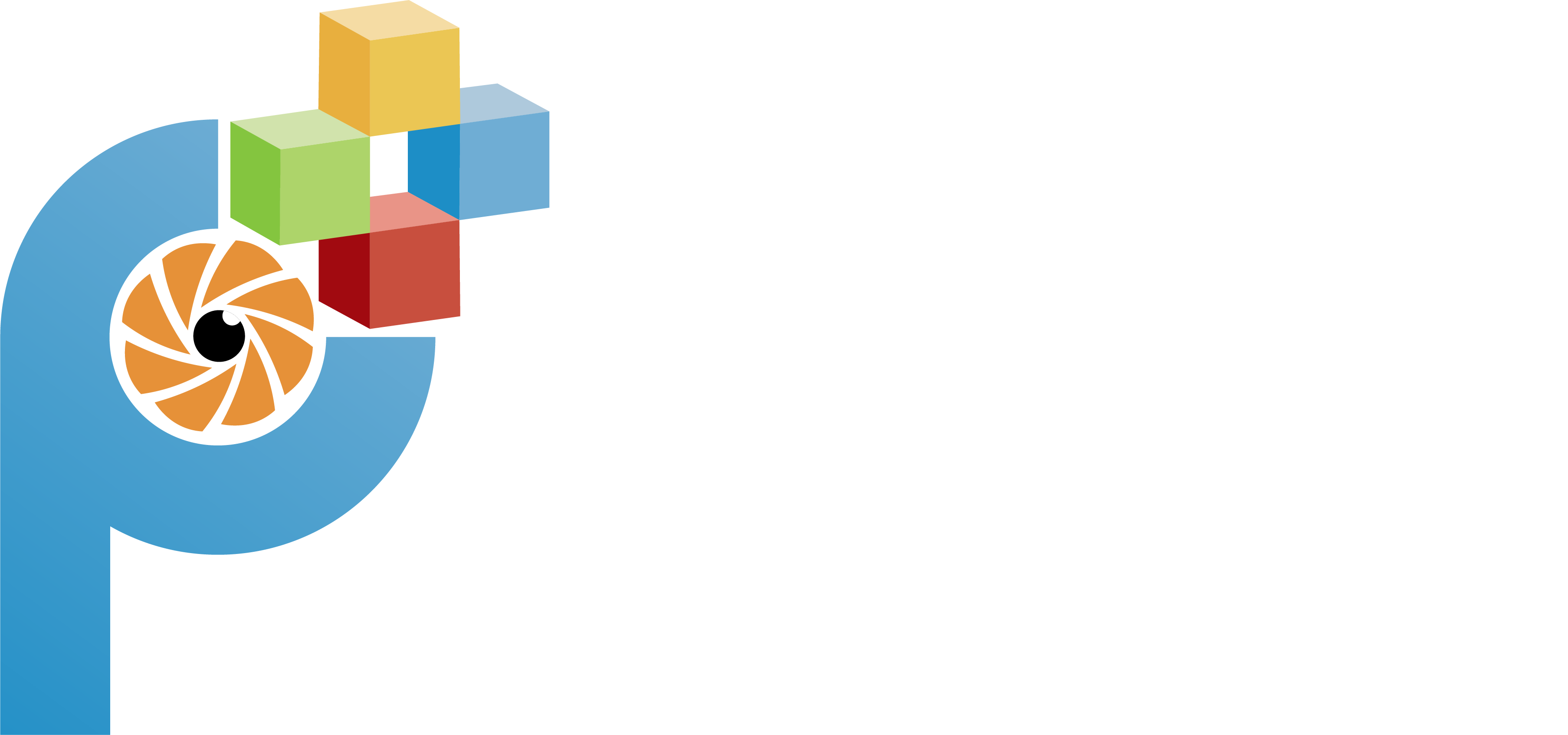

In a recent episode of The Chris Wolfe Podcast, Chris had a fascinating conversation with Tevor ‘Hoover’ Smith, a fighter pilot who has transitioned his expertise from the skies to the business world. For over a year, Chris has been captivated by Hoover’s YouTube channel, Pilot Debrief, which highlights the meticulous processes of fighter pilot debriefs and their applicability to various industries. This blog post delves into the key takeaways from their discussion and how structured debriefing can revolutionize business and healthcare practices.
The Power of Structured Debriefing
Hoover begins by explaining the rigorous structure of a fighter pilot’s daily routine, which revolves around maintaining control, analyzing situations, and executing actions based on detailed plans. This structured approach is not just a habit but a necessity for survival and mission success.
He highlights the difference in debriefing processes between the military and general aviation, noting that the military’s thorough and consistent debriefs lead to continuous improvement and heightened performance. This consistency is often missing in general aviation due to pilots balancing flying with other responsibilities, resulting in less frequent and less detailed debriefs.
Bridging the Gap Between Aviation and Business
Chris and Hoover explore how the structured debriefing process can benefit businesses. Hoover suggests that no matter the industry, the first step is to have clearly defined objectives. For example, a first responder might aim for zero loss of life, while a business might aim for zero safety incidents. These objectives provide a benchmark for debriefing and continuous improvement.
In healthcare, Chris reflects on his practice, emphasizing the importance of setting clear goals, such as preventing vision loss in glaucoma patients. He discusses how adhering strictly to clinical guidelines and having regular reviews can help detect and manage glaucoma more effectively. Hoover adds that having a plan, understanding the available resources (products), and ensuring clear communication (briefing) are critical components of successful debriefing.
Implementation and Continuous Improvement
Hoover outlines the components of a fighter pilot debrief: the plan, the products (resources), and the briefing. He stresses that for any business or practice, these elements need to be clearly communicated to the entire team. This ensures everyone understands their role and the tools at their disposal, enabling them to work towards the common objective effectively.
Chris shares his experience with clinical practice guidelines and how deviating from these should only occur with a solid reason. He observes that complacency can creep in when guidelines are not rigorously followed, leading to inconsistent practices and potential oversights. Hoover agrees, noting that having a structured plan on paper helps prevent unnecessary deviations and ensures consistency.
Contingency Planning
An essential part of the fighter pilot methodology is contingency planning. Hoover explains that every mission plan includes backup plans to account for potential failures, such as equipment malfunctions or losing a team member. Translating this to a business context, Hoover suggests having contingency plans for scenarios like equipment failure or staff unavailability. This ensures the team knows how to respond without improvising on the spot, maintaining consistency and effectiveness.
Chris relates this to his practice, mentioning a recent experience where a piece of equipment was unavailable. Having a contingency plan allowed his team to continue providing care without disruption. Hoover emphasizes that identifying potential issues during debriefs and preparing for them in advance helps refine these contingency plans.
Applying the Methodology Broadly
Hoover underscores that the debrief methodology can be applied to various aspects of business, not just clinical practice. For example, patient billing practices can benefit from the same structured approach. The key is to have a clearly defined outcome, a detailed plan, and a process for evaluating and improving based on past performance.
Chris appreciates this insight, noting that the methodology aligns with what his consulting work emphasizes—setting clear protocols, adhering to them, and continuously reviewing and improving. He acknowledges that despite having clinical skills, complacency can lead to deviations from best practices, underscoring the importance of intentional, consistent adherence to guidelines.
Final Thoughts and Future Prospects
As the conversation wraps up, Chris expresses his enthusiasm for Hoover’s potential to help businesses with his debrief methodology. Hoover shares his excitement about developing this further and making it accessible to more businesses through his website, Pilot Debrief.
For those interested in learning more, Hoover suggests checking out his YouTube channel, Pilot Debrief, and visiting his website, where he plans to roll out more resources on applying debrief methodologies to business settings. He is eager to help businesses achieve their objectives with the same precision and effectiveness as a fighter pilot mission.
If you’re interested in being a part of an online community with on-demand courses to help optometrists increase medical management and medical insurance utilization to grow their practice, check it out our Comprehesnive Optometry Simplifiend Bundle!

